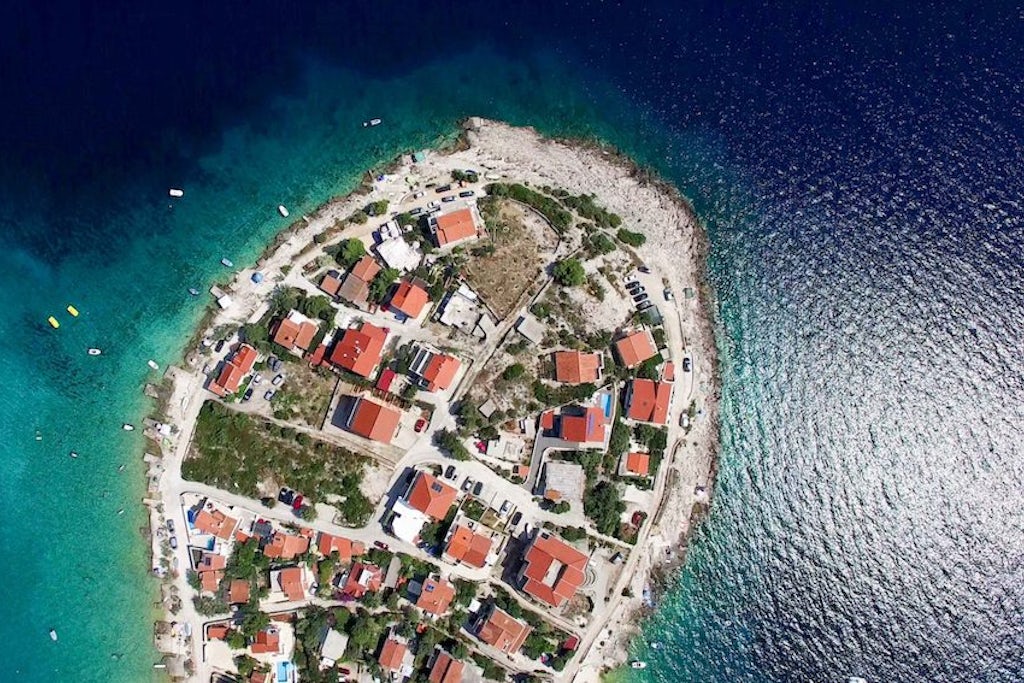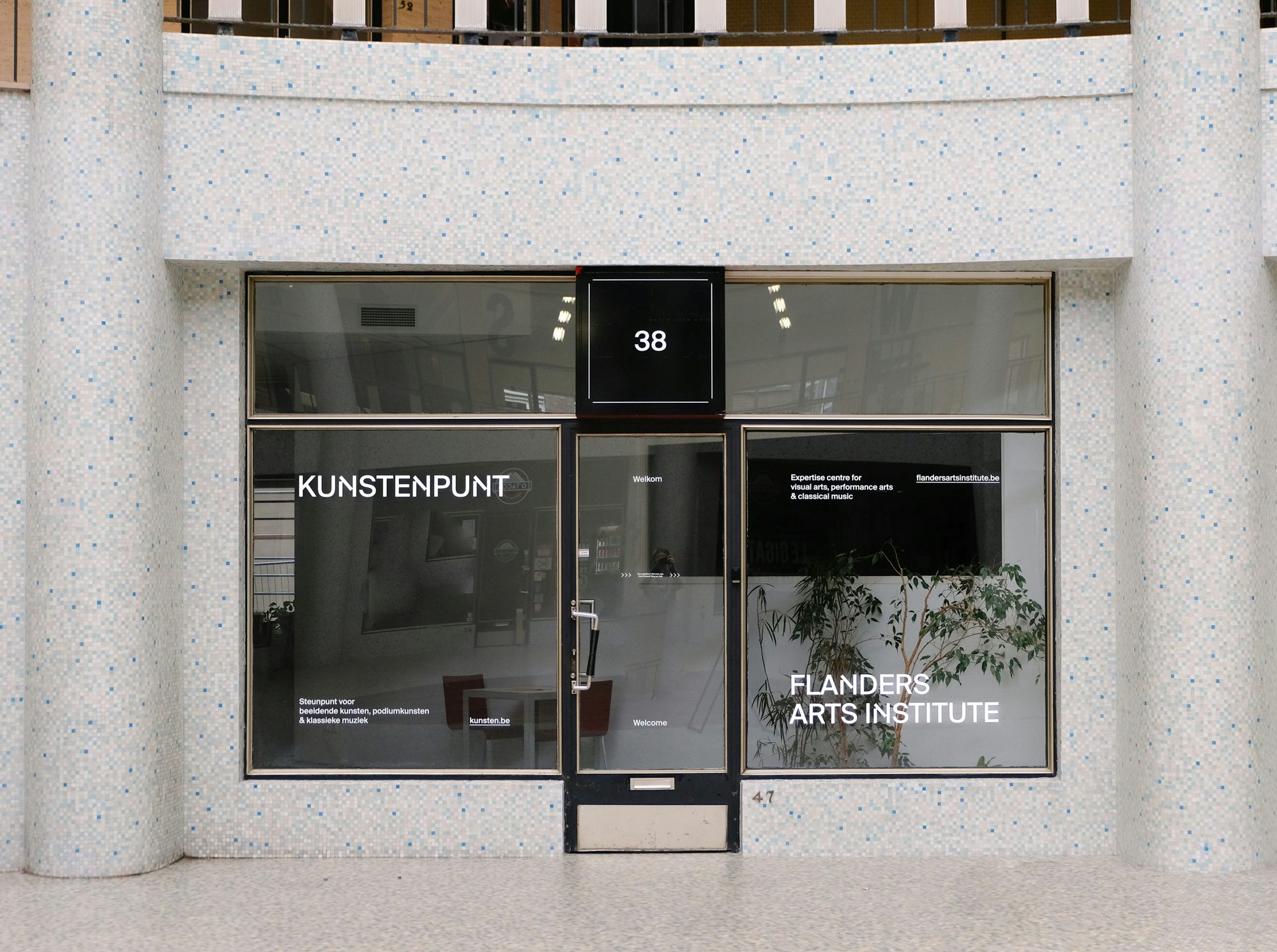Resonating Spaces: The value of residencies & workspaces in Belgium & the Netherlands

A report on different models of residencies presented by WIELS, Textiellab / Textielmuseum and Taru Elfving.
[Resonating Spaces] wants to put artists’ residencies and workspaces for artists in the spotlight. Residencies and workspaces exist separately, and sometimes they are woven into one same organization. Both residences and workplaces play a clear and important role in the art scene and provide space and opportunity to (young) artists to develop their practice.
Taru Elfving started with a brief summary of five renowned but also some lesser known residencies: amongst them HIAP in Helsinki, Wysing Arts Centre in South Cambridgeshire (UK), Triangle in New York (USA), SOMA in Mexico City, Ashkal Alwan in Beirut, MIT in Massachussetts, FOGO Islands Arts in Canada, RØST AIR in Lofoten, Artists At RISK.
Even though most residencies share the fact that they offer artists some kind of retreat, it is also clear clear that there is a wide variety of residencies worldwide. Each and every one has its own distinctive traits. They can be publicly or privately funded, metropolitan or rural, independent or embedded within a larger institution like a museum or a university, product- or process oriented …
Our own case studies bore witness to that diversity. Residencies in Textielmuseum / Textiellab are at the museum’s technical heart where artists and designers push machines and engineers to their limits and to new possibilities.
The WIELS Residency Program provides a framework for artists to pursue their practice and engage in current debates and research by offering a working studio, a mentoring program and visits to artists, communities and cultural organisations. A public presentation is organized but optional. As a consequence the Wiels’ residency tend can influence the resident’s process just as much as his or her work itself.
Defining the success of a residency depends mostly on the goals preset by the organizing institution or the expectations of the residing artist. But what do you do if the organizing institution does not set any clear and defined goals, what do you do if the organizing institution changes the expectations of the artist?
In this respect both institutions are at a different end of the spectrum. It certainly lead to a heated debate during the conference. Can a residency like WIELS’ be successful if it has no clear-cut and measurable goals? But also can an artistic research be successful if it is predefined and gives no room for a serendipitous result? We still aren’t sure but WIELS-resident Ghislaine Leung summed it up quite nicely: “There is always an interdependence in what an artist brings to a residency and what is offered by the residency and by the entire community into which you enter and if you have no idea of what success is, then it depends on your expectations and what you make of it.”
Both case studies shared the fact that they were part of a larger cultural institution which gave both residencies similar problems to which they found different strategies. Their residents are part of a living and breathing art institution. Can the public come and watch the artist at work? It makes one ponder on what is on display, the artist or his or her work? The process or the result? But also, how can copyright be protected?
Due to these questions Textiellab is currently rethinking the floor where residents work. WIELS on the other hand considers the artist’s studio to be a private space and only enters after permission.
All in all, the debate gave more food for thought. Several themes were explored and raised more questions than answers. We will leave you with some of these themes and questions.
- Sustainability: What is the cost of being on the move – environmentally, socially, personally, intellectually?
- Site sensitivity: Can these engagements have any local impact or global effects?
- Ecologies: How does the knowledge and value produced in and through our work reinforce or challenge the unsustainable structures that permeate society today?
Read more
Read more about the key note of Taru Elfving on Residencies Cosmopolitics and future cosmopolitics.
Read the testimonial (PDF) by Samira Boon and Hebe Verstappen on the residency Textiellab Textielmuseum.
Read the testimonials (PDF) by Ghislaine Leung and Eva Gorsse on the residency Wiels Brussels.


